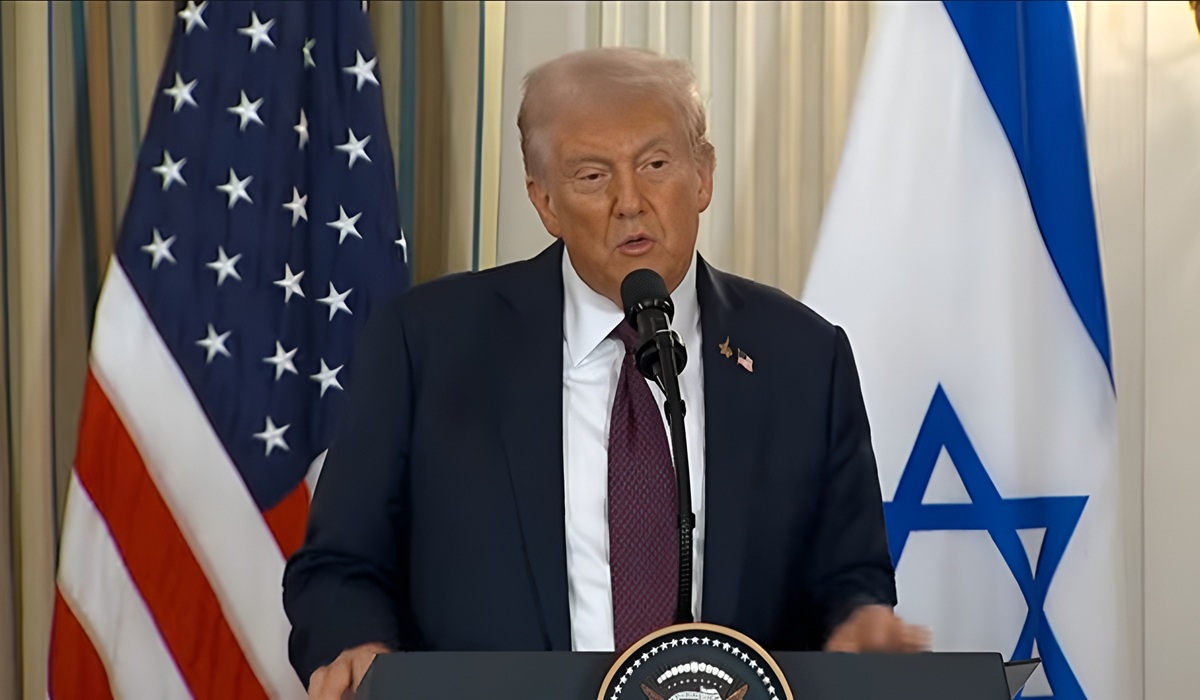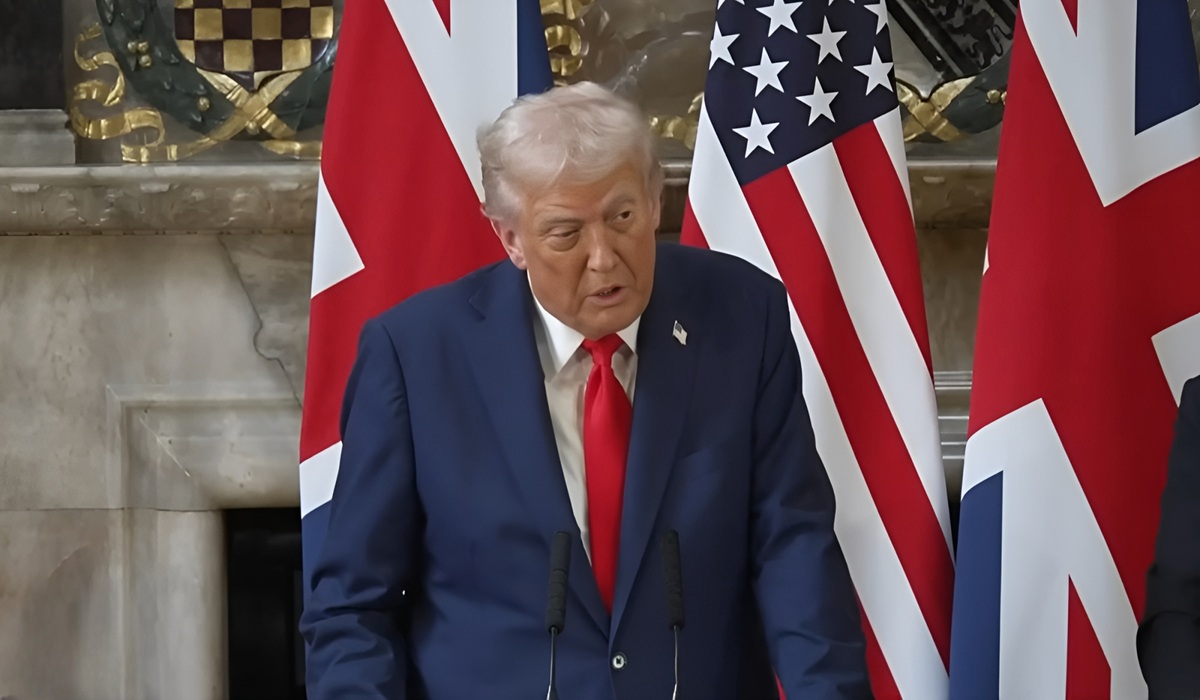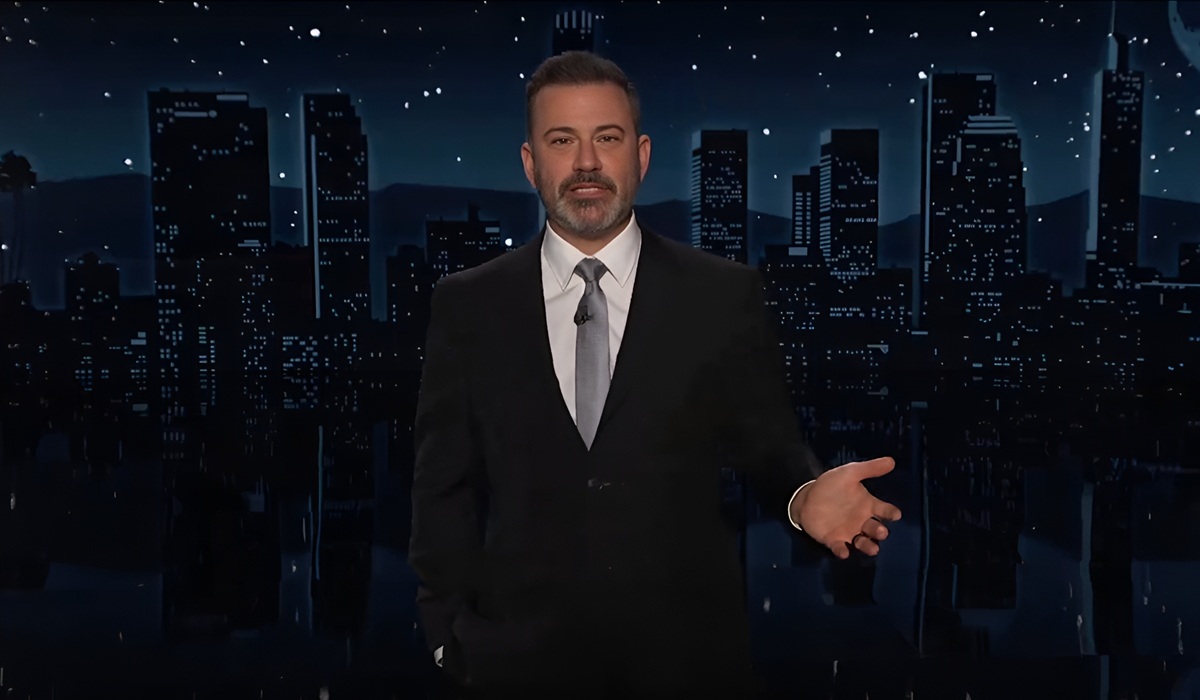Trump and Netanyahu’s Gaza “Peace Plan”: A Blueprint for Permanent Occupation, Not Lasting Peace
- TDS News
- U.S.A
- September 30, 2025

By Donovan Martin Sr, Editor in Chief
The chandeliered East Room of the White House gleamed as cameras clicked and leaders smiled for history. Donald Trump stood at the podium with Benjamin Netanyahu at his side, unveiling what they described as the most comprehensive peace initiative in decades: a twenty-point plan to end the war in Gaza. Applause filled the room. The world’s media carried the spectacle live. Yet behind the ceremony, the speeches, and the grandiose claims of peace, the proposal itself told another story—one not of reconciliation, but of control.
The plan, marketed as a new dawn, is anything but. It is structured less as a roadmap to peace than as a codified surrender, asking Palestinians to give up sovereignty, disarm, and submit to foreign oversight while Israel keeps its military power intact. It demands capitulation under the banner of compromise, dressing occupation in the language of diplomacy. For many watching beyond the White House stage, this was not peace at all, but occupation rebranded.
At the heart of the proposal lies the promise of an immediate ceasefire, but only if both sides agree. The catch, of course, is that agreement is defined on Israel’s terms. Hamas must first renounce violence, dismantle its armed wing, and essentially surrender. For Palestinians who have lived under decades of blockade, bombardment, and systemic dispossession, such a ceasefire is no reprieve. It is a demand for submission before negotiations can even begin.
Then there is the hostage issue, framed as the moral centerpiece of the plan. Israeli hostages, Netanyahu insisted, must be returned within seventy-two hours, while Palestinian prisoners would be released in exchange. On paper, it looks symmetrical. But in reality, Israel holds thousands of Palestinians—many without trial, including children—while the hostages number in the dozens. The imbalance is glaring. The demand for the return of hostages is, of course, deeply human: families are desperate, and their suffering should not be minimized. Yet the world cannot continue to accept the narrative that history began on October 7th. To erase decades of occupation and frame the entire conflict through one day of horror is to silence the broader Palestinian reality. Were all those taken truly hostages in the legal sense, or, in some cases, prisoners of war in an ongoing conflict? International law recognizes distinctions that politicians blur for effect. And perhaps the most glaring question of all: how did such an attack even happen in one of the most fortified regions in the world, bristling with American and British surveillance technology, walls, and checkpoints? These contradictions remain unexplored. The anguish of hostages should never be exploited as a shield to dismiss the daily anguish of millions of Palestinians.
The plan further promises a phased Israeli withdrawal from Gaza. Yet no dates are given, no enforcement mechanisms outlined, no independent arbiters empowered. History has taught Palestinians what this means: Israel can delay, suspend, or reverse any supposed withdrawal at will. The promise becomes a political mirage, designed to placate audiences abroad while entrenching control on the ground.
Disarmament is demanded of Hamas, and here again the imbalance is stark. Few dispute that rockets and tunnels must end if peace is to come, but what of Israel’s military? Its drones, tanks, and expanding settlements remain untouched. The plan insists Palestinians give up their only leverage while leaving Israel’s overwhelming force unchallenged. This is not mutual disarmament. It is surrender masked as peace.
The governance structure is even more alarming. Gaza, according to the plan, would be overseen by a technocratic administration under an international “Board of Peace,” chaired by Trump himself, with Tony Blair suggested as a key figure. Palestinians, then, would be denied the right to govern themselves, placed under foreign trusteeship as though incapable of charting their own destiny. The irony is bitter: Blair, architect of the Iraq War—one of the most destabilizing interventions in modern memory—now cast as Gaza’s supposed guardian.
The plan even envisions an international stabilization force to keep order. In practice, such forces have historically enforced occupation rather than facilitated liberation. Without Palestinian consent, they would serve only as another layer of control. And the proposal of amnesty for Hamas fighters who surrender and leave Gaza reads less like reconciliation than exile: an engineered depopulation of political resistance, leaving behind a people stripped of both leaders and leverage.
Most telling, however, is the exclusion of Hamas from governance. Here lies the fatal contradiction. Whatever one thinks of Hamas, it is a political reality. It provides services, commands loyalty, and—most inconveniently for Israel and the West—won the 2006 Palestinian legislative elections in a contest judged broadly fair. Those elections may now be dated, but legitimacy cannot be erased simply because it is inconvenient.
This is where the hypocrisy is sharpest. The United States, after twenty years of war, negotiated directly with the Taliban, recognizing that however distasteful, they were the de facto rulers of Afghanistan. The Taliban was not excluded from talks. It was not erased from the equation. The same principle applies elsewhere: nations engage diplomatically with governments they dislike, from Iran to Venezuela, Russia to China. Democracy does not guarantee that outsiders will like the outcome. It guarantees that outsiders must live with the outcome. Why then should Palestinians be denied this same principle? To build peace without Hamas at the table is to build peace on sand. One cannot sign an agreement for Gaza while excluding the very movement that governs it. That does not mean Hamas must control the future of reconstruction or governance. But without its participation in negotiations, no deal will be binding.
The irony grows deeper still when one recalls Israel’s own role in Hamas’s rise. In the 1980s, desperate to weaken the secular, nationalist PLO, Israel tolerated—and at times encouraged—the growth of Hamas, then a small Islamist group tied to the Muslim Brotherhood. The strategy was cynical: divide Palestinians, fracture their politics, and weaken their national movement. That gamble backfired. Hamas grew, eventually won elections, and became Israel’s fiercest foe. To pretend now that Hamas appeared from nowhere, devoid of history, is to deny the consequences of decades of Israeli strategy.
What the Trump-Netanyahu plan does is flatten all of this complexity into a cartoon narrative: Israel as the eternal victim, Palestinians as perpetual aggressors, Hamas as the sole obstacle. This narrative erases decades of dispossession, blockade, and occupation—the very conditions that gave rise to resistance movements in the first place. Crushing Hamas without addressing those root causes is not peace. It is the recycling of conflict for the next generation.
Even the promises of statehood embedded in the plan are hollow. Palestinians are told they might one day earn a state if they behave, if they comply, if they pass every test set by their occupiers. This is not independence. It is probation. Aid is offered, but aid without sovereignty is dependency. Reconstruction is pledged, but reconstruction under foreign oversight is merely repairing the walls of a prison.
Netanyahu’s blunt assessment revealed the truth. He said the plan “achieves our war aims.” Hostages are returned. Hamas is dismantled. Israel retains security control. The world applauds. But Palestinians gain nothing but a temporary reprieve from bombardment.
A real peace would look very different. It would recognize both Israeli and Palestinian rights equally: Israel’s right to live in security, and Palestinians’ right to live in sovereignty. It would guarantee Palestinians borders, airports, and resources of their own. It would end the blockade and freeze settlement expansion. It would acknowledge Israeli trauma, but also Palestinian displacement, dispossession, and occupation. It would include all political actors, however unsavory, because peace cannot be negotiated with ghosts.
If the United States could sit with the Taliban, it must be said plainly: Israel and the world must sit with Hamas. Not to hand them Gaza’s future, not to legitimize their every act, but to accept the reality that no peace can be signed without them at the table. Anything else is performance, not policy.
So what comes next? Likely, rejection from Hamas, continued applause from Israel and its allies, and more headlines in Western capitals proclaiming progress. On the ground in Gaza, however, little will change. The blockade will remain. The airstrikes will resume. The aid will drip in, managed by foreign overseers. Palestinians will wait for another plan, another promise, another speech in another chandeliered room.
History is repeating itself, dressed up as peace. Until Palestinians are recognized as equal partners, until their right to sovereignty is acknowledged alongside Israel’s right to security, no ceremony in Washington will stop the cycle. True peace is not about optics. It is about justice. And justice remains absent from this plan.








